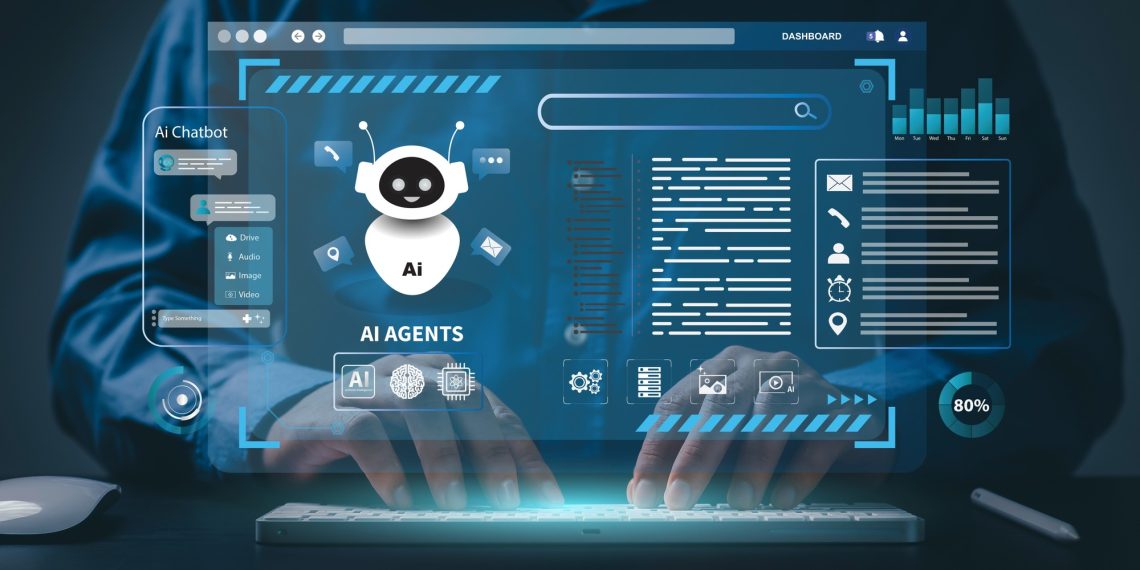Financial institutions that rely on traditional automation and predictive models for loan origination face slow decision cycles, inconsistent customer experiences, and rising costs as application volumes grow. In contrast, organizations deploying agentic AI—autonomous systems that manage entire workflows—achieve faster decisions, lower operational costs, and improved customer satisfaction. These AI agents process real-time data from diverse sources, adapt to regulatory changes, and proactively identify risks.
Agentic AI systems collaborate across functions such as fraud detection, compliance, and resource allocation. For example, if loan performance in a region declines, agents can detect the trend, analyze causes, and suggest solutions before managers are even aware. This proactive approach extends to regulatory reporting and stress testing, freeing human employees to focus on strategic tasks.
The business impact of agentic AI is significant:
– Automation of repetitive tasks reduces costs and boosts efficiency.
– Enhanced data analysis improves decision-making and predicts trends.
– Personalized customer experiences increase satisfaction and loyalty.
– Supply chain management is optimized through real-time adjustments.
– Predictive maintenance minimizes downtime and extends asset life.
– Cybersecurity is strengthened by rapid threat detection.
– Recruitment processes are streamlined with faster, unbiased candidate selection.
– Product development accelerates, reducing time-to-market.
– Marketing campaigns become more targeted and effective.
– Decision-making is improved with real-time insights and simulations.
Agentic AI comes in two forms: single-agent systems that handle end-to-end tasks independently (like adjudicating a loan or adjusting inventory), and multiagent systems where specialized agents collaborate (one handles risk, another ensures compliance). This flexibility allows businesses to deploy AI precisely where it adds value, whether in customer service, finance, or operations.
To realize these benefits, companies must treat AI agents as part of the workforce, with defined roles, objectives, and performance metrics. This involves:
– Calculating total cost of ownership, including IT, training, and governance.
– Assigning clear tasks and tracking agent performance.
– Implementing governance structures for ethics, transparency, and compliance.
– Enabling agents to collaborate and learn across business functions.
In service operations, AI agents handle high-volume, routine tasks, while humans focus on oversight, judgment, and exception management. For example, in healthcare, AI can schedule appointments and predict no-shows, while in utilities, it manages network performance and preventive maintenance.
Businesses should redesign processes to classify which decisions can be automated and which require human judgment, based on risk and complexity. Low-risk, repetitive tasks are ideal for automation, while high-stakes scenarios still need human oversight.
To start, organizations should:
– Align technology and business leadership to ensure accountability.
– Redesign roles and invest in employee reskilling for higher-value work.
– Foster a culture of transparency and change management.
– Strengthen data infrastructure for real-time, compliant AI operations.
The competitive edge comes from smartly integrating AI into decision-making, not just automating tasks. By embedding agentic AI as digital colleagues with accountability and measurable impact, companies transform service operations into engines of growth, innovation, and strategic insight.









